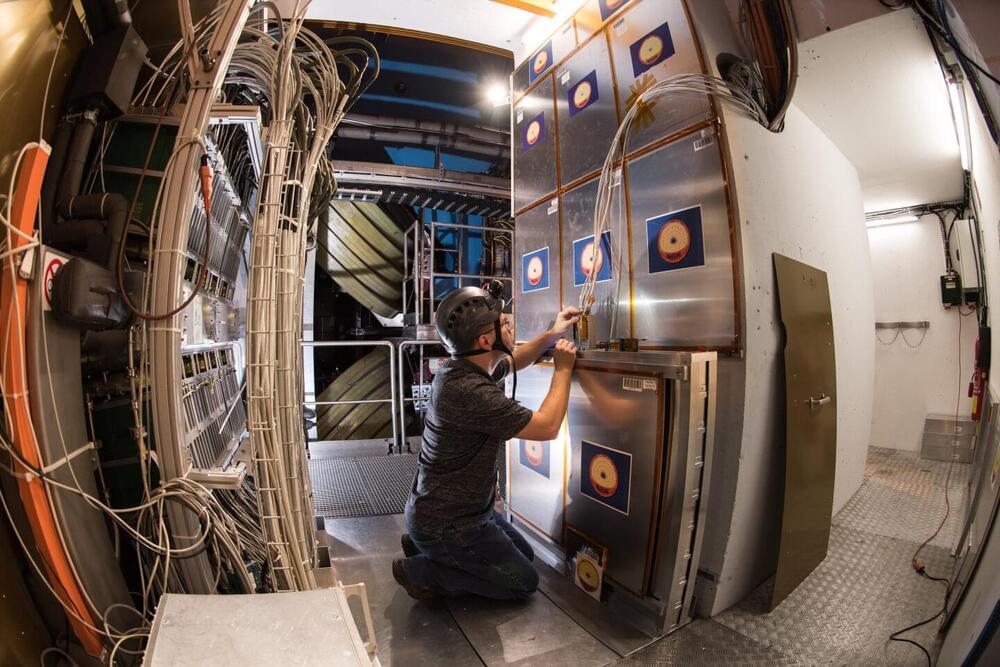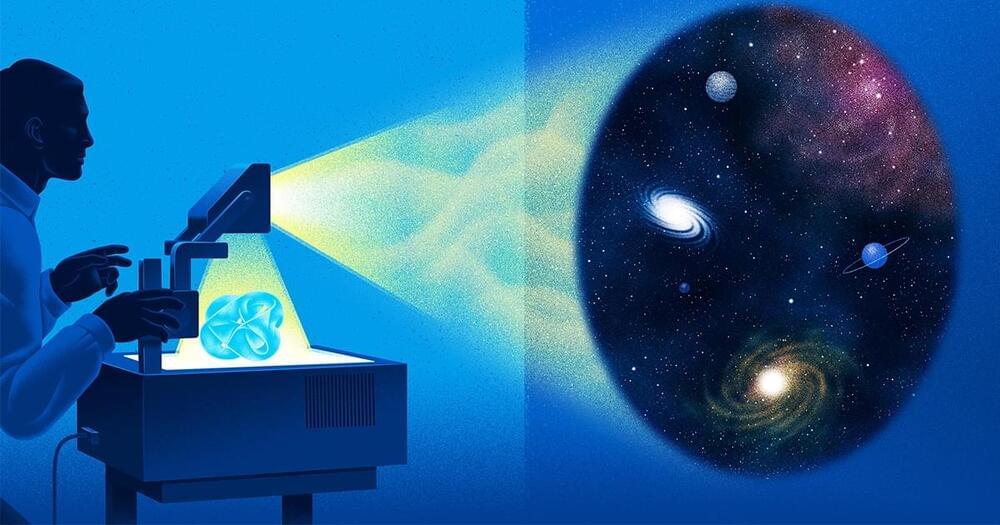For the first time, researchers have simulated neurological junctions called synapses using the same water and salt ingredients the brain uses, contributing to an emerging field that combines biology with electronics called iontronics.
The team from Utrecht University in the Netherlands and Sogang University in South Korea claim to have been inspired by the functioning of the human brain, which also uses charged particles called ions dissolved in water to transmit signals within neurons.
An important feature of the brain’s ability to process information is synaptic plasticity, which allows neurons to adjust the strength of connections between them in response to input history.









